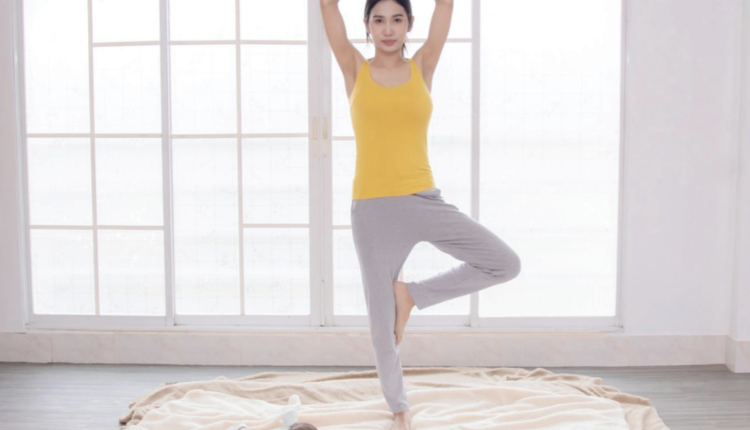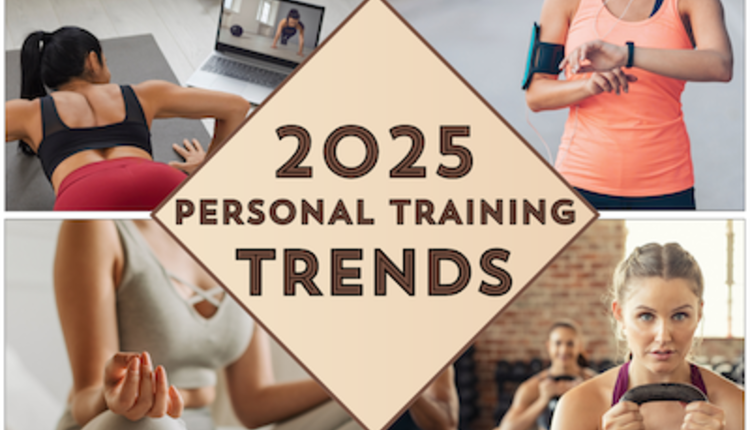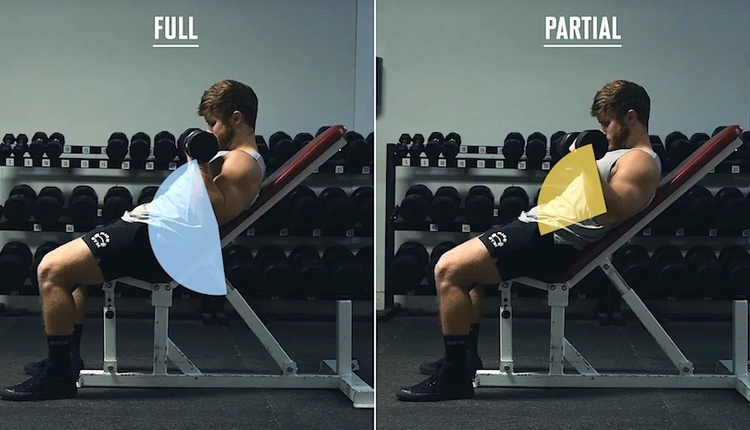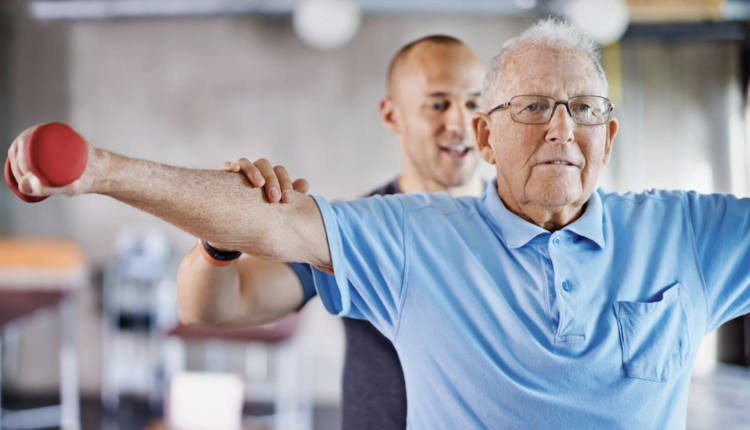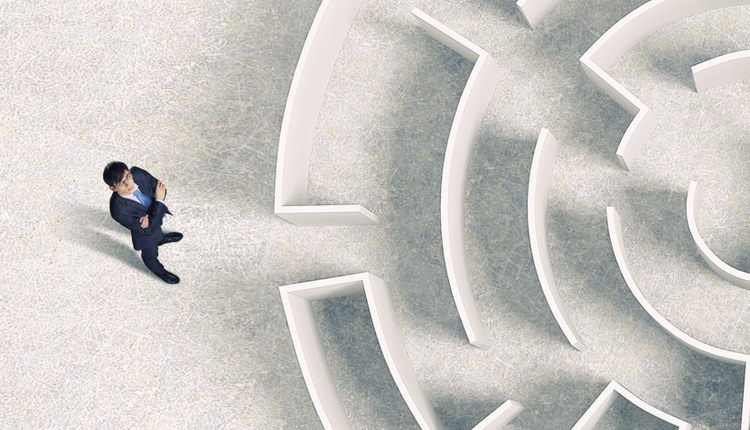
Here we will look at four ways to get more work out of the core during the routine movements we already do without adding extra time to our workout to train our core. This isn’t to say these tips are better than direct cork work, but they will provide more opportunities to stabilize the trunk.
What exactly constitutes the “core”? The fitness professional community often jokes about this phrase's ambiguity. To one person, it could mean the rectus abdominus. To another, it could mean every muscle in the trunk. In the context of this article, training the “core” will mean creating proximal stability in the trunk.
1. Bracing the Core
Before proceeding to the following tips on sneaking more core into your training, it is essential to understand the importance of bracing the core. The rest of the tips won’t deliver as much potential without knowing how to brace the core.
With proper core bracing, we can create more proximal stability in the trunk with every exercise, even if it isn’t a direct core exercise. Lack of core stability when performing exercises such as squatting, deadlifting and overhead pressing can result in instability such as:
● Rib flare
● Anterior pelvic tilt
● Posterior pelvic tilt
● Excessive lumbar lordosis
To brace the core (abs, shoulders, hips), implement the following cues:
1. Squeeze both the glutes and abs to put the pelvis and lumbar spine in a neutral position
a. This should result in a waistband parallel to the floor
2. Remove any flaring up of the ribs by pulling them down with the abs
a. This should result in ribs parallel to the pelvis If the core constitutes the entire trunk, then there are a couple of other areas in the body to cue:
3. Pull the shoulders down by squeezing the lats and pecs
a. This should result in depressed shoulder blades and tension in the pecs and lats
4. Imagine you have laser beams pointing out of your kneecaps. Make sure those lasers do not point inward. Instead, make them point parallel and straight ahead.
a. You should feel tension in the lateral hip or gluteus medius
2. Unilateral Training
Unilateral training is when only one arm or leg is loaded and works during exercise. This creates an asymmetrical load, causing the core muscles on the opposite side of the load to engage to maintain stability (Oliva). The external oblique has been found to have very high EMG activation in unilateral exercises such as the Bulgarian split squat and standing single-arm overhead press (Oliva; Saet). Examples of unilateral exercises include:
● Single-leg Romanian deadlift
● Bulgarian split squat
● Single-arm overhead press
● Single-arm row
The asymmetrical load also presents a greater necessity for bracing the core. For the next workout, try swapping out a bilateral exercise with a unilateral exercise to put more emphasis on the core. Additional benefits of unilateral training include:
● Less overall load, which can be beneficial to recovery and those who cannot tolerate higher loads
● Opportunity to increase stability and balance
● Often, similar muscle activation can be achieved as bilateral variations
3. Training in Odd Positions
Odd position training takes a typical exercise like an overhead press and puts the body in an unconventional position, such as sitting on the floor. Sitting on the floor still offers stability but removes the legs from the exercise, making the core work much harder to maintain posture while pressing overhead.
New and odd positions will expose our core to stabilizing in a new way. Here are some positions that you can train in:
● Half-kneeling or double-kneeling
● Split stance
● Sitting on the floor
● Half-kneeling with the other leg abducted
Imagine doing a deadlift with one leg abducted on a box, an overhead press sitting on the floor, or a single-arm-row double-kneeling. The combinations are endless!
We often limit ourselves to a few training positions. The great thing about training in odd positions is you can be as creative as you want and tailor the training position to your goals. For example, if you do a ground-based sport such as jiu-jitsu, it makes sense to train in a double kneeling position since that is common.
Table with examples of conventional-positioned exercises versus odd-positioned exercises | |
Conventional Positioned Exercise | Odd Positioned Exercise |
Seated bench overhead press ➠ | Seated floor overhead press |
Cable chest press ➠ | Tall double kneeling cable chest press |
Single-arm cable row ➠ | Split stance single arm cable row |
Deadlift ➠ | Single-leg RDL |
4. Less Sitting on Seats
Machines with seats or benches can be inviting and offer many benefits, but since you’re looking for ways to add more core efficiency to your workout, try swapping out sitting exercises with their standing equivalents. For example, try a standing bent-over row instead of a seated row. Another example is switching out a seated leg curl with a Romanian deadlift.
5. Training with Heavy Free Weights
A meta-analysis compared core electromyographic activation between typical core and lower-body free-weight exercises. It found that the Bulgarian split squat and back squat in a six-rep max had 210% abdominal EMG activation. This could be attributed to the high loads lifted in the free weight exercises compared to the typical bodyweight core exercises.
The meta-analysis found the greatest abdominal, external oblique, and erector spinae activity in free weight exercises. Another study showed higher erector spinae and multifidus EMG activation in free-weight bilateral rows than machine rows.
If you’re on a time crunch and looking to challenge your core stability, try incorporating core bracing, unilateral exercises, training in odd positions, less sitting, and more free weights into your routine!
These strategies will challenge your core in new ways and demand more effort. They aren’t supposed to make any incredible ab exercise, but they will add an element of trunk stability that didn’t exist before. Also, these exercises aren’t meant to replace direct core training or earn you a six-pack, but they will undoubtedly offer you new tools to add core training to your existing routine!



